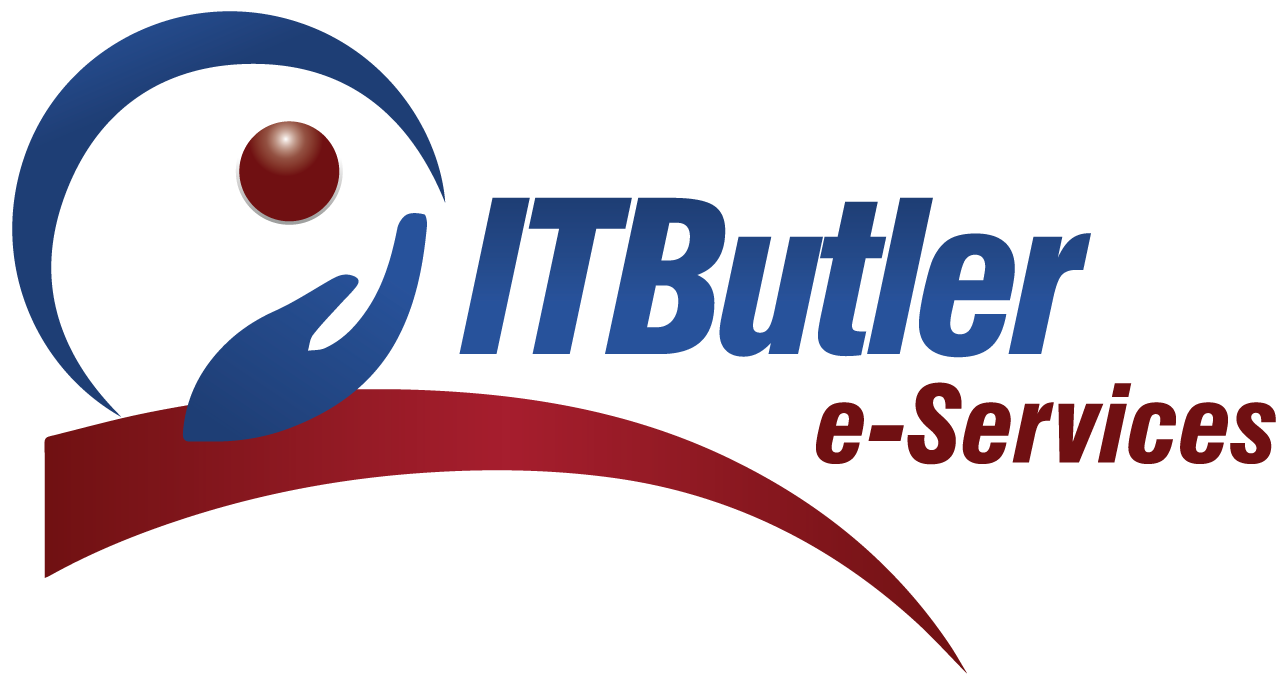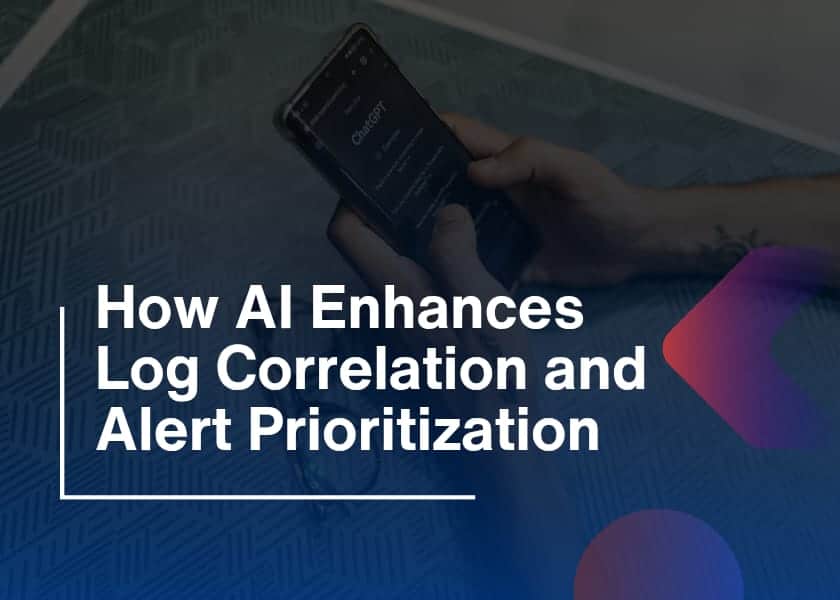In today’s digital world, businesses are rapidly migrating to the cloud. But with that shift comes a critical question: how do you keep your data secure? Not all clouds are created equal when it comes to protection. That’s where understanding cloud security types becomes essential. Whether you’re a startup, a growing business, or a large enterprise, choosing the right cloud model—private, public, or hybrid—directly impacts your security posture.
In this blog, we’ll break down what each type means, how their security measures differ, and which one could be the right fit for your organization.
What Are Cloud Security Types?
People generally divide cloud environments into private, public, and hybrid types. Models vary in terms of providing control, security, and flexibility. While selecting one of these, you should pay attention to your industry standards, how sensitive your data is, and how big your organization is. Let’s explore one by one what security threats exist on cloud systems.
Maintaining private cloud security
Your private cloud works like your very own private area on the internet. A single organization can use this type of environment, which may be hosted either inside the business or by an external provider. Thanks to being containerized for your organization, the private cloud means you take care of all your system security needs.
Security on the private cloud is customizable more than any other cloud option. It is possible to set up tough access rules, set up in-depth monitoring systems, and configure your firewalls to meet your organization’s requirements. Also, since the infrastructure is yours and no one else uses it, it is simpler to obey industry-specific regulations like HIPAA and GDPR.
Still, exercising this type of control tends to cost something. Handling a private cloud calls for a large amount of IT skills and resources. In such places as banks, hospitals, and government organizations, the additional cost and effort are justified because they deal with extremely sensitive files.
Protecting the public cloud infrastructure.
Unlike the private cloud, the public cloud is managed and owned by Amazon Web Services (AWS), Microsoft Azure, or Google Cloud. Even if many customers use the same servers, it doesn’t automatically make the system unsafe. These big public cloud companies have devoted significant resources to security and being compliant.
Working in the public cloud, security is handled by a shared responsibility approach. Therefore, your provider is responsible for security at the infrastructure level (servers, storage, and networking), but you must secure your data, access control, and tuning. To give an illustration, if you save customer information in the public cloud, you’re responsible for encrypting it and controlling access. Though monitoring and security functions are available in public clouds, your team must take care of their setup and maintenance.
Public cloud security shines most because it is scalable. Scaling up or down in your use is possible without dealing with physical hardware. Also, managing data in the cloud is less expensive than running your data center. For that reason, smaller enterprises, especially startups, find public cloud models very useful because they’re both flexible and affordable.
Hybrid Cloud Security
Now imagine blending both private and public cloud models; that’s what the hybrid cloud is all about. It allows you to store critical data in a private cloud while taking advantage of the flexibility and scale of the public cloud for less sensitive operations. This combination offers a balanced approach to security, performance, and cost.
Security in a hybrid environment, however, can be a bit more complex. You need to ensure that security policies are consistent across both environments. For example, if you have identity and access controls in your private cloud, similar standards should apply to your public cloud resources. Moreover, secure data transfer between the two clouds is essential to avoid breaches or compliance violations. Despite the complexity, many organizations favor this model because of its flexibility. A company might store financial records and customer data privately while running its web services on a public cloud. This setup offers both security and efficiency.
That said, managing a hybrid cloud demands skilled IT professionals and advanced tools that can monitor and enforce policies across both environments. But for companies that require both strict security and high performance, the hybrid model is often the best choice.

How Cloud Security Types Affect Compliance
Security is only one part of the equation, compliance is another. Each cloud security type supports compliance in different ways, and it’s crucial to understand what that means for your organization.
Private clouds are often easier to align with strict compliance standards because everything is under your control. You can tailor policies, encryption methods, and access controls to meet specific regulatory needs. Public clouds, while offering compliance-ready infrastructure, require careful configuration. It’s not enough to rely on the provider’s tools, you must ensure that your practices, such as data handling and user authentication, meet the necessary standards.
Hybrid clouds offer a strategic advantage here. Sensitive data can remain in a private environment, where compliance is easier to manage, while public cloud resources can be used for operations that don’t involve regulated data. However, this approach also demands vigilant coordination to avoid compliance gaps across environments.
Choosing the Right Cloud Security
Now that you understand the strengths and challenges of each model, how do you decide which is right for you? It depends on your organization’s goals, budget, and risk profile. If you handle extremely sensitive information and want full control, choose private cloud security types for the best protection. It provides a highly secure and customizable environment, though it comes with a higher cost and management overhead.
On the other hand, if you’re a fast-growing startup that prioritizes speed, agility, and cost-efficiency, the public cloud offers excellent value. However, you must actively manage your share of the security responsibilities. Finally, if you want the best of both worlds, strong security and flexibility, a hybrid cloud solution can offer a tailored fit. Just prepare for added complexity and ensure you integrate strong security policies.
Common Security Tools
No matter which model you choose, the fundamentals of cloud security types remain the same. Tools like encryption, firewalls, and identity and access management (IAM) should be at the heart of your strategy. In addition, real-time monitoring, multi-factor authentication (MFA), and automated backups are essential across all cloud security types.
The key is consistency. Whether you’re operating in a private, public, or hybrid cloud, your policies should reflect the same level of discipline and preparedness. You can’t just set security and forget it; you must regularly update and evaluate it as part of an ongoing process.
The Future of Cloud
As cloud adoption continues to rise, security technologies are evolving too. We’re seeing the rise of AI-driven threat detection, zero-trust architectures, and advanced policy automation. These innovations are enhancing how all cloud security types defend against emerging threats.
Furthermore, regulations around data protection are becoming more stringent. As a result, businesses must constantly adapt their cloud strategies to stay compliant and secure. The right mix of cloud models, paired with strong security practices, will be the foundation for future-ready digital infrastructure.
Conclusion
Understanding the difference between private, public, and hybrid cloud security isn’t just technical, it’s strategic. Each of these cloud security types offers unique benefits and trade-offs. While private cloud provides control, public cloud offers scale, and hybrid cloud delivers flexibility.
By aligning your cloud strategy with your security and compliance needs, you can build a resilient and scalable digital environment. So, take the time to evaluate your options, invest in best practices, and prepare your cloud infrastructure for whatever comes next.





